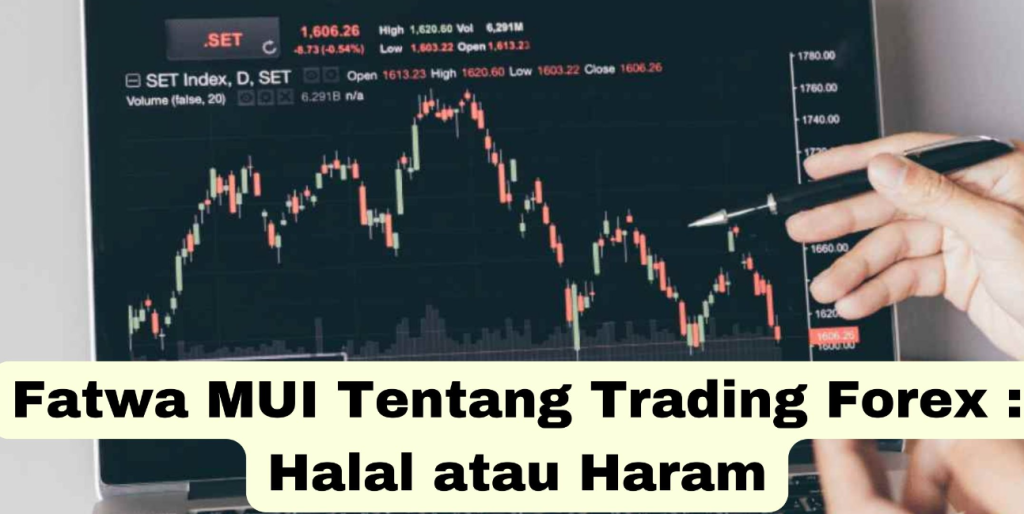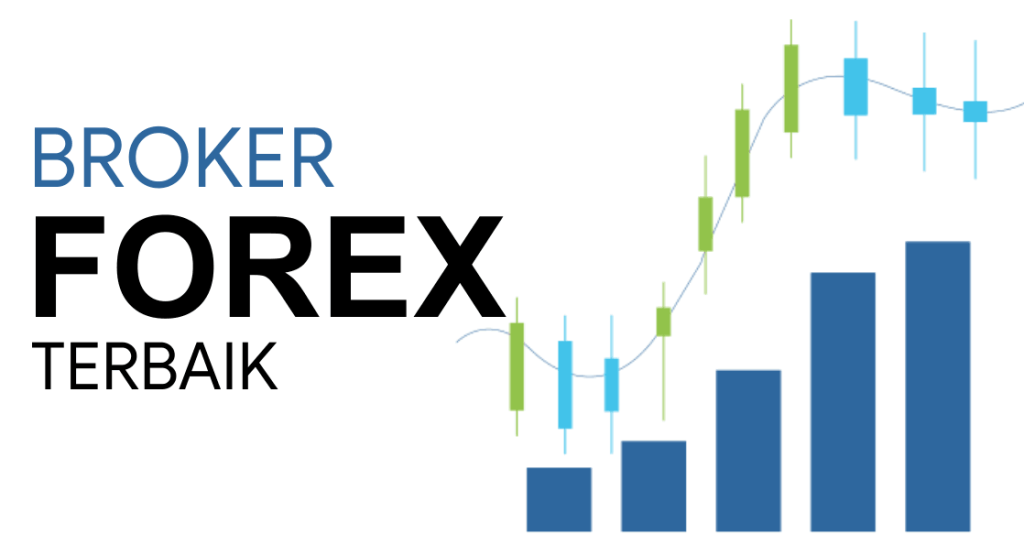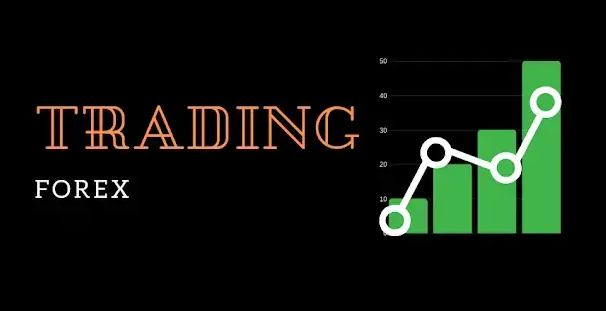Forex historical data refers to past price and volume information of currency pairs in the foreign exchange market. It provides a historical record of how prices have moved over time, allowing traders and analysts to study and analyze past market behavior. In this article, we will delve into the importance of forex historical data, how it is used, and the benefits it offers to traders.
The Importance of Forex Historical Data
Forex historical data plays a crucial role in the analysis and decision-making process of traders. Here are some key reasons why it is important:
1. Understanding Market Trends and Patterns
By studying historical data, traders can gain insights into market trends and patterns that have occurred in the past. They can identify recurring patterns, support and resistance levels, and key price levels that have influenced market movements. This information can help traders make more informed decisions and develop effective trading strategies.
2. Backtesting Trading Strategies
Historical data allows traders to backtest their trading strategies. By applying their trading rules to past data, traders can assess the performance of their strategies and determine their profitability. Backtesting helps traders understand how their strategies would have performed in different market conditions, enabling them to make necessary adjustments and improvements.
3. Developing Predictive Models
With access to forex historical , analysts and researchers can develop predictive models to forecast future market movements. By analyzing historical price patterns, economic indicators, and other relevant data, they can identify correlations and trends that may influence future price movements. This information can be valuable for making informed trading decisions and managing risks.
4. Assessing Market Volatility
Forex historical allows traders to assess market volatility. By analyzing past price movements, traders can determine the range and frequency of price fluctuations, which can help them set appropriate stop-loss and take-profit levels. Understanding market volatility is crucial for risk management and optimizing trading strategies.
Utilizing Forex Historical Data in Trading
1. Data Sources and Formats
Historical data can be obtained from various sources such as financial institutions, data providers, and online platforms. The data is usually available in different formats, including CSV (Comma-Separated Values), Excel, or API (Application Programming Interface). Traders can choose the format that suits their analysis tools and platforms.
2. Timeframes and Granularity
Forex historical data is available in various timeframes, including daily, hourly, or even minute-by-minute intervals. The choice of timeframe depends on the trading strategy and the level of detail required. Shorter timeframes provide more granular data but may require more processing power and storage capacity.
3. Cleaning and Adjusting Data
Before using forex historical, it is important to clean and adjust the data to ensure accuracy and consistency. This may involve removing erroneous or incomplete data, adjusting for splits or dividends, and aligning the data with the trading platform’s time zone. Clean and accurate data is essential for reliable analysis and decision-making.
4. Analyzing and Visualizing Data
Traders and analysts can utilize various tools and techniques to analyze and visualize forex historical data. They can use charting software, technical indicators, and statistical models to identify patterns, trends, and correlations. Visualizing the data in the form of charts and graphs can help in better understanding the market dynamics.
Conclusion
Forex historical data is a valuable resource for traders and analysts in understanding past market behavior and making informed trading decisions. By studying historical price patterns, backtesting strategies, and developing predictive models, traders can gain insights into market trends, assess volatility, and improve their trading performance. Utilizing reliable and accurate historical data can provide a competitive edge in the dynamic forex market.
Suggestion
To effectively utilize forex historical data, consider the following suggestions:
- Choose reliable data sources and ensure the accuracy of the data.
- Select the appropriate timeframe and granularity based on your trading strategy.
- Clean and adjust the data to remove errors and align it with your trading platform.
- Utilize analytical tools and visualization techniques to identify patterns and trends.
- Regularly update and refresh your historical data to stay up-to-date with market changes.







